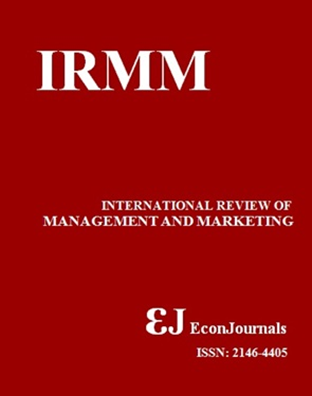Relationship between Strategic Training and Organizational Profitability: A Partial Least Square (PLS-SEM) Approach
Abstract
Training evolved from an administrative function, then as an investment to build a human capital and now currently a strategic initiative, aiming at achieving the competitive advantage and organizational profitability. A trained, skilled and capable workforce can perform not only the function of product generation but also that of value creation for all stakeholders especially in an era of increasing employee turnover, decline of employee productivity and low organizational profitability, which are issues of strategic importance faced by any organization. This research study attempts to examine relationship between training and organizational profitability and also what different roles and strategic initiatives are co-constructed around it leading to organization profitability. For the purpose of this study, strategy-linked training is termed as specialized learning to distinguish it from general on-the-job training. The data was collected through a questionnaire administered on randomly selected respondents from 5 different organizations and analyzed with SPSS and Smart PLS softwares. The findings of the study revealed that specialized (strategic) training is an important predictor of profitability in an organization, more than the usual, on the job training. In the end, this study concludes that organizational profitability is largely dependent upon a kind of strategized learning.Keywords: Employee training, learning organization; on-the-job training.JEL Classifications: L2, M10Downloads
Published
2016-10-07
How to Cite
Ilyas, M., Hin, C. W., & Adnan, Z. bte. (2016). Relationship between Strategic Training and Organizational Profitability: A Partial Least Square (PLS-SEM) Approach. International Review of Management and Marketing, 6(7S), 256–264. Retrieved from https://www.econjournals.com/index.php/irmm/article/view/3264
Issue
Section
Articles




